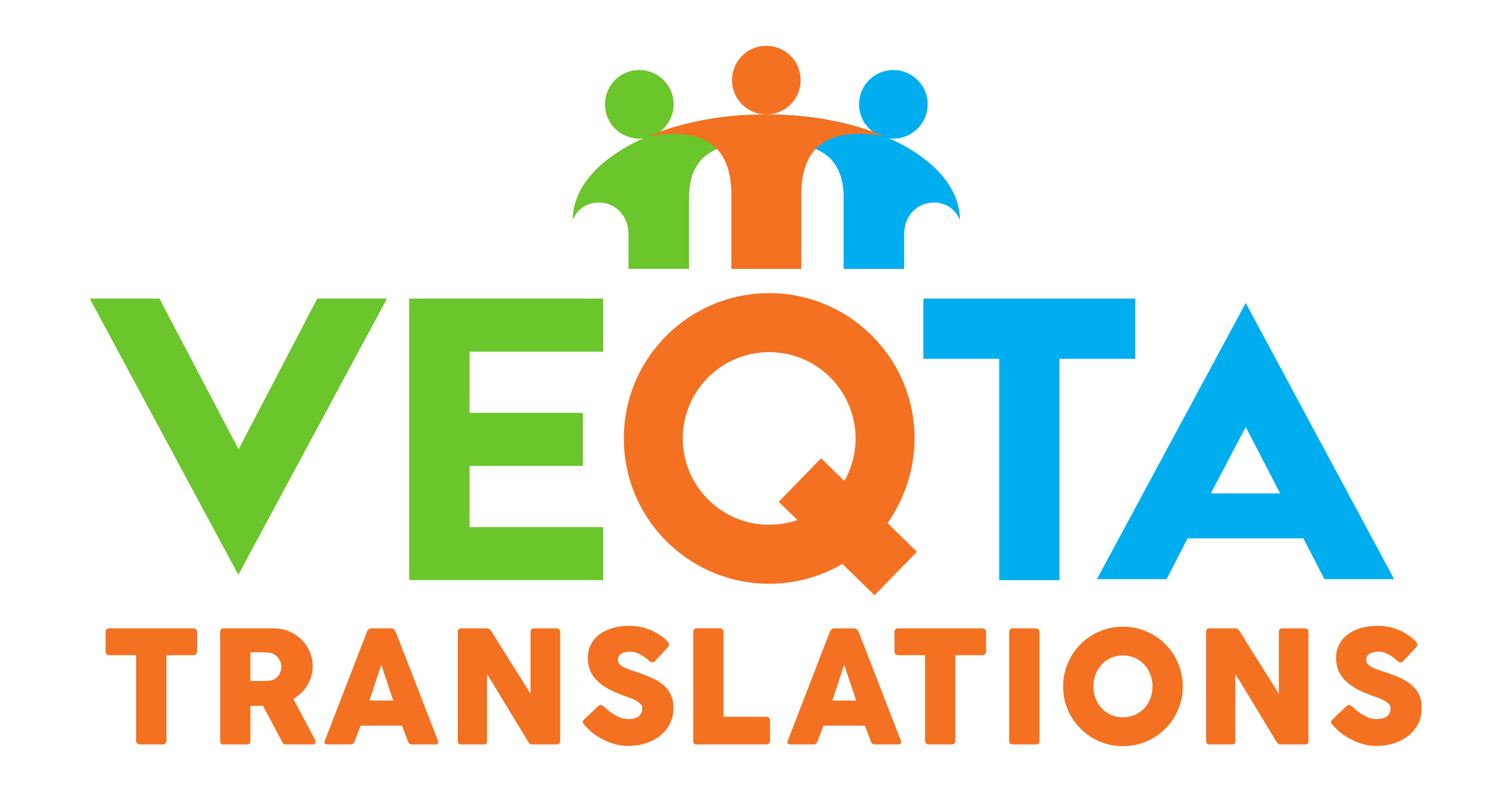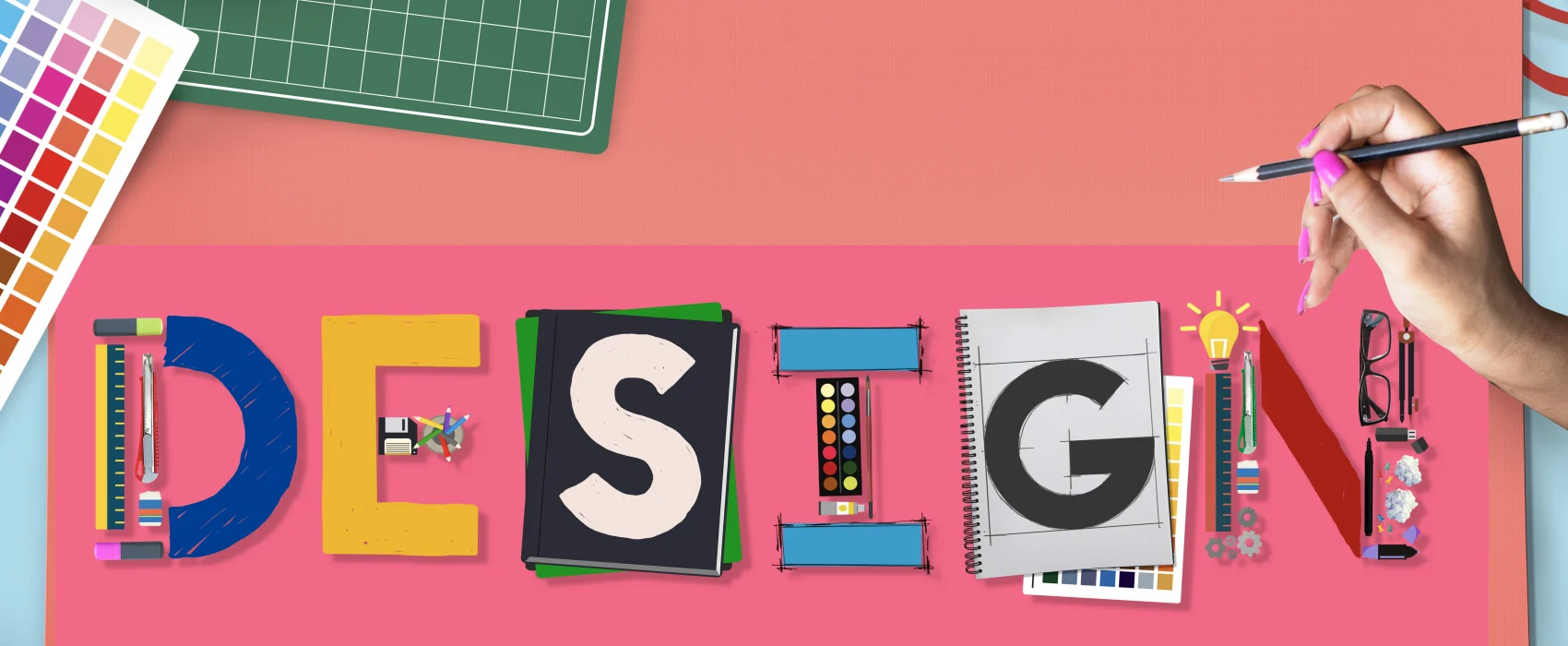What is Typography in Graphic Design?
Typography is a fundamental element of graphic design that involves the art and technique of arranging type to make written content readable, legible, and visually appealing. It plays a critical role in how messages are conveyed, influencing both the tone and the impact of the design. In graphic design, typography is not just about selecting a font—it’s about using type as a tool for communication and expression.
The Role of Typography in Graphic Design
At its core, typography serves two primary purposes in design:
- Enhancing Readability: Ensuring that text is easy to read and understand.
- Creating Visual Hierarchy: Guiding the viewer’s eye through a design by emphasizing key elements.
Graphic designers use typography to strike a balance between functionality and aesthetics, allowing the message to be both clear and engaging. Whether designing logos, brochures, websites, or social media graphics, the effective use of typography can transform how audiences perceive and interact with the content.
Key Components of Typography
Typography involves several critical elements that graphic designers must consider:
- Fonts and Typefaces
- Typeface: A family of fonts with a common design. Examples include Times New Roman, Arial, and Helvetica.
- Font: A specific weight, size, or style within a typeface, such as Arial Bold or Times New Roman Italic.
Choosing the right font can convey a specific emotion, tone, or message—serif fonts, for instance, are often seen as formal and traditional, while sans-serif fonts feel modern and clean.
Hierarchy
Typography hierarchy helps guide the viewer’s attention to the most important information. Designers use size, weight, color, and placement to create distinctions between headings, subheadings, and body text.
Alignment
Alignment organizes text and creates a clean, structured appearance. The common alignment types are:
- Left-aligned: Most common for body text.
- Centered: Used for headings or invitations.
- Right-aligned: Less common but useful for design contrast.
- Justified: Text stretched evenly across lines for a formal look.
Spacing
Effective use of spacing ensures clarity and visual appeal:
- Kerning: Adjusting space between individual characters.
- Leading: Adjusting vertical spacing between lines of text.
- Tracking: Adjusting space across an entire block of text.
Contrast
Contrast makes type stand out and adds visual interest. Designers use variations in size, color, weight, and style to emphasize important elements.
Why Typography Matters in Graphic Design
Good typography is essential for:
- Brand Identity: Typography helps build a consistent, recognizable brand. For example, Coca-Cola’s cursive font is instantly recognizable and evokes a sense of nostalgia.
- Readability: Clear and legible typography ensures that messages are effectively communicated.
- Emotional Connection: Fonts and type styles evoke emotions. A playful script can convey fun, while a bold sans-serif can project confidence.
- Aesthetic Appeal: Well-chosen typography enhances the overall design and draws viewers in.
For instance, in poster design, typography can dominate the composition, creating a powerful visual that communicates the theme at a glance.
Examples of Typography in Action
- Logos: Brands like Nike and Google rely heavily on typeface choices to convey their personality.
- Editorial Design: Magazines and newspapers use typography hierarchy to organize content and improve readability.
- Web Design: Websites use responsive typography to ensure text remains clear and attractive across different screen sizes.
Final Thoughts
Typography in graphic design is far more than arranging letters on a page; it is a powerful tool for communication and creativity. By mastering the principles of typography—from font selection to spacing and hierarchy—graphic designers can create designs that are not only visually engaging but also convey messages effectively.
Understanding and leveraging typography is essential for building impactful visual content, whether for branding, marketing, or digital platforms. Great typography doesn’t just support a design—it elevates it.


